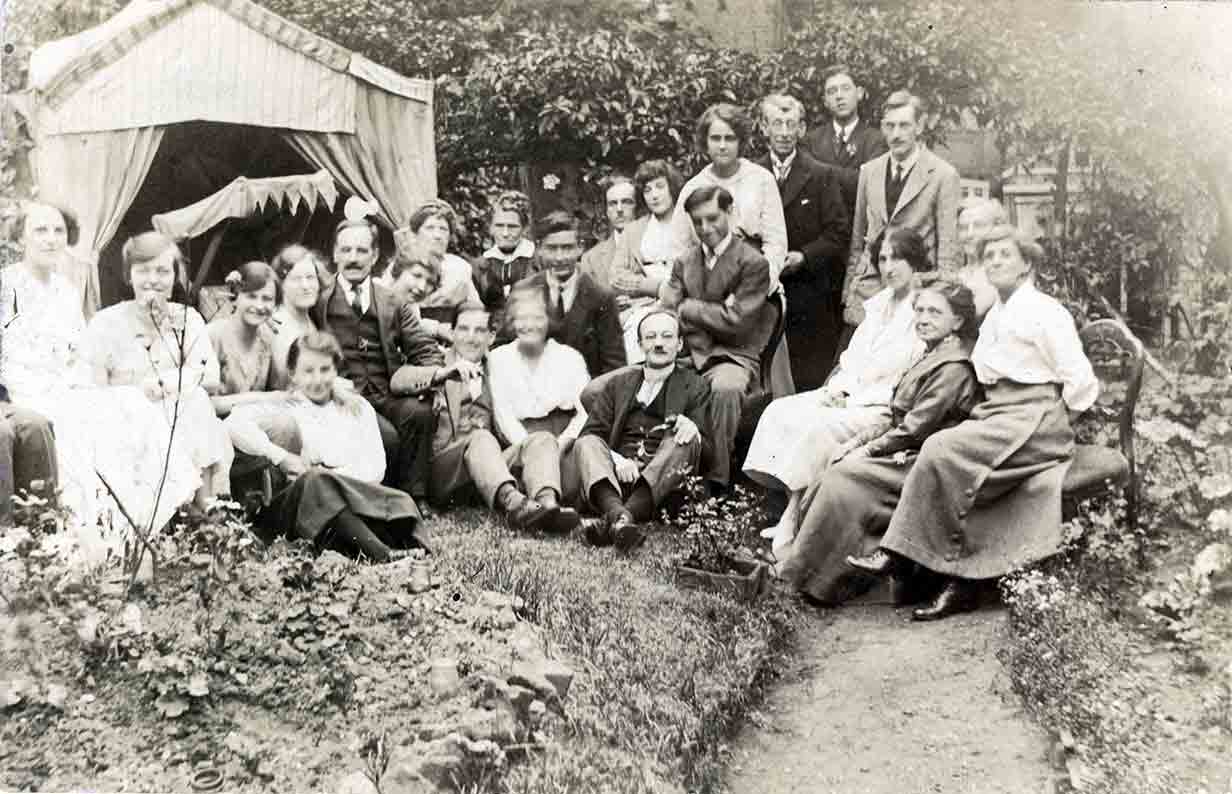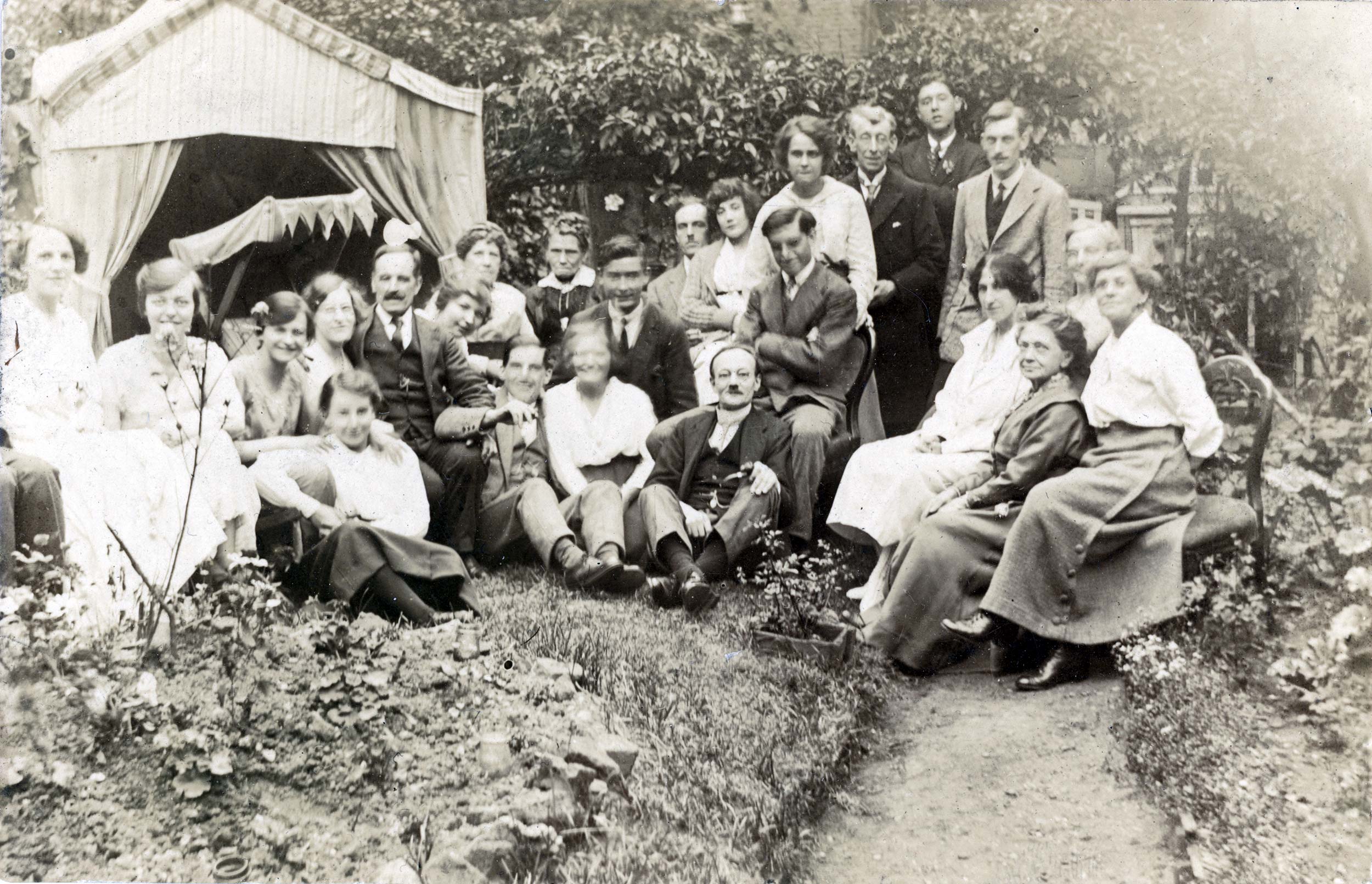Before you begin your research, you need to decide what your aim is. You need to develop a plan, and a way to research your ancestors. Think about which lines you want to follow – you have two parents, four grandparents, eight great-grandparents, sixteen great-great grandparents, etc. Whilst you may want to trace as many ancestors as you possibly can through both the paternal and maternal lines, it’s usually easier to trace the paternal line. Because of the low status of women as you get further back in time, it becomes more difficult to trace them.
Approaching your Research
There are three common ways to approach your research:
- Aim to create a family tree showing the male-line ancestors (father, grandfather, etc), including the wives, siblings and children of these ancestors.
- Aim to create an extended family tree, which shows all descendants of the earliest known male ancestor – you could end up discovering a distant cousin or two.
- Aim to create an Ancestry Chart, which shows as many ancestors as possible, through both paternal and maternal lines. It is usually useful to note down any siblings or other relatives of your ancestors as these could later solve identification problems.
Whatever you decide to do, don't go trying to research three or four ancestors at once – it is usually better to concentrate on just one, and if you get stuck you can then move onto another.

How to Begin
First you need to talk to all your living relatives to gather as much information as you can from them about your grandparents and great-grandparents. You also need to gather any documents from them – this could include:
- Certificates
- Photo Albums
- Diaries
- Newspaper Cuttings
- Letters
- Or even a family bible
Put together the basic genealogical facts about the people you have found out about, including:
- Birth date/place
- Marriage date/place
- If deceased, death date/place
Also, don't forget about family legends – although these are not necessarily true, it is useful to note them down in case you discover something interesting surrounding them.
Now you should be all set to begin your research, either online or using CDs containing the data you are interested in.

